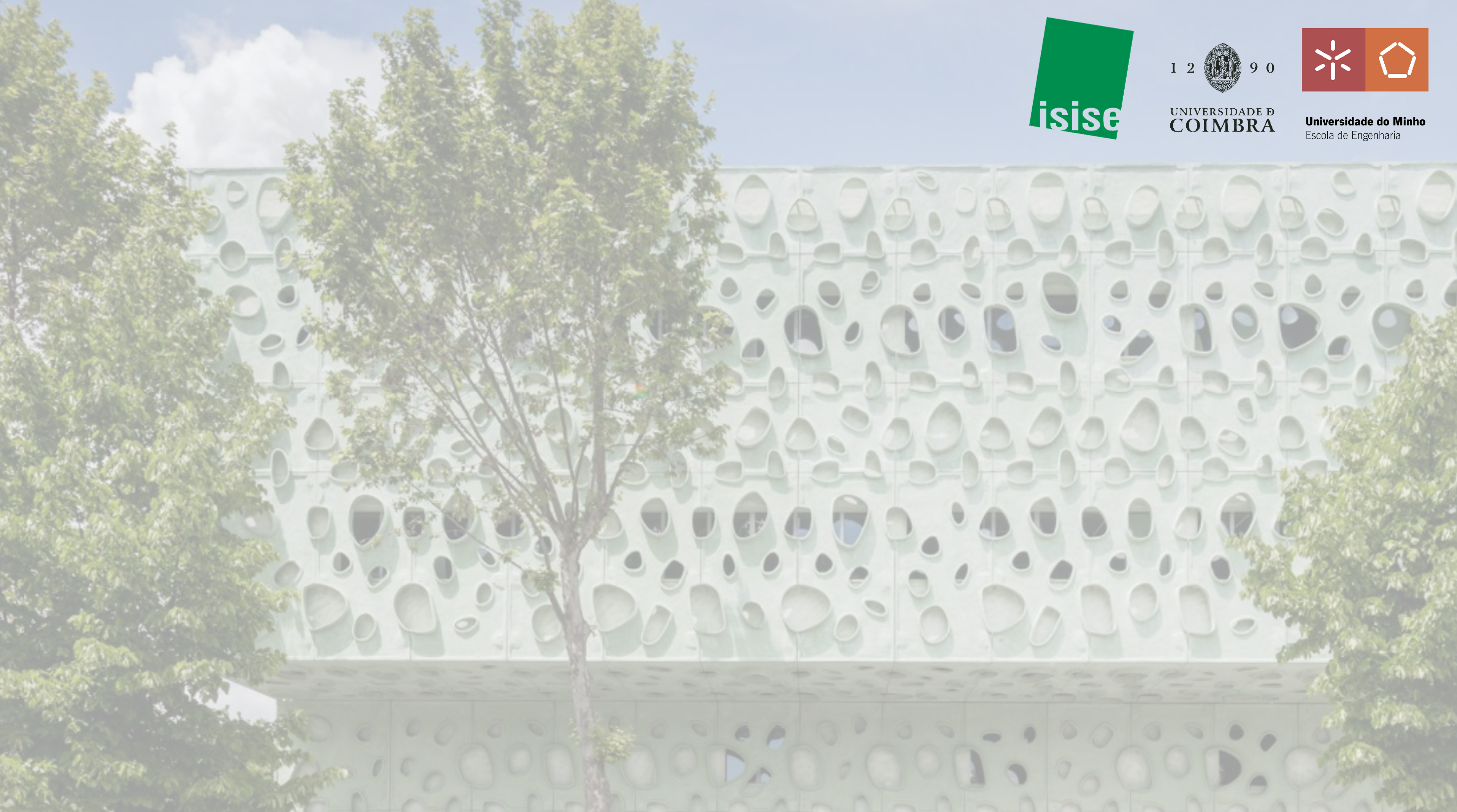
Available Postdoc and PhD Student Positions at HMS/ISISE of UMinho
The Historical and Masonry Structures (HMS) group of the Institute for Sustainability and Innovation in Structural Engineering (ISISE), University of Minho, Portugal, plans to open

The Historical and Masonry Structures (HMS) group of the Institute for Sustainability and Innovation in Structural Engineering (ISISE), University of Minho, Portugal, plans to open
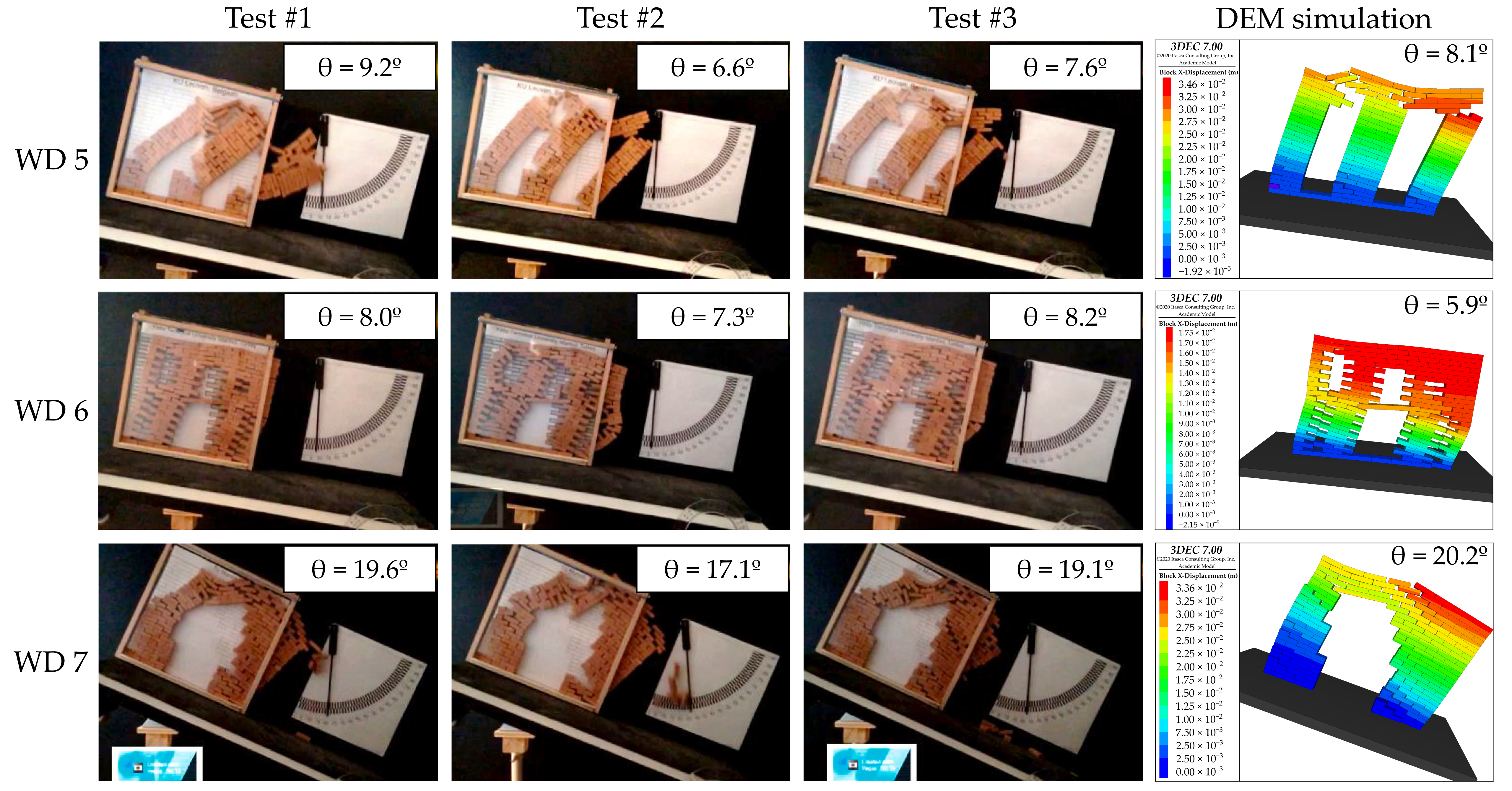
Dry-joint assemblages are common in the masonry built heritage. In addition, many laboratory tests on masonry structures use dry-joint specimens to simplify and fasten the
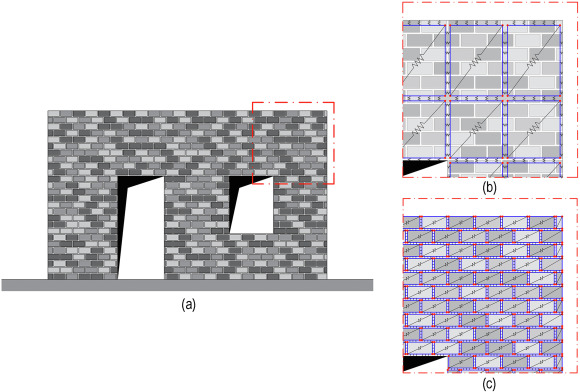
In the last decade several researchers proposed advanced analysis methods for the preventive assessment of heritage buildings. The literature analysis underlines how the DMEM approach
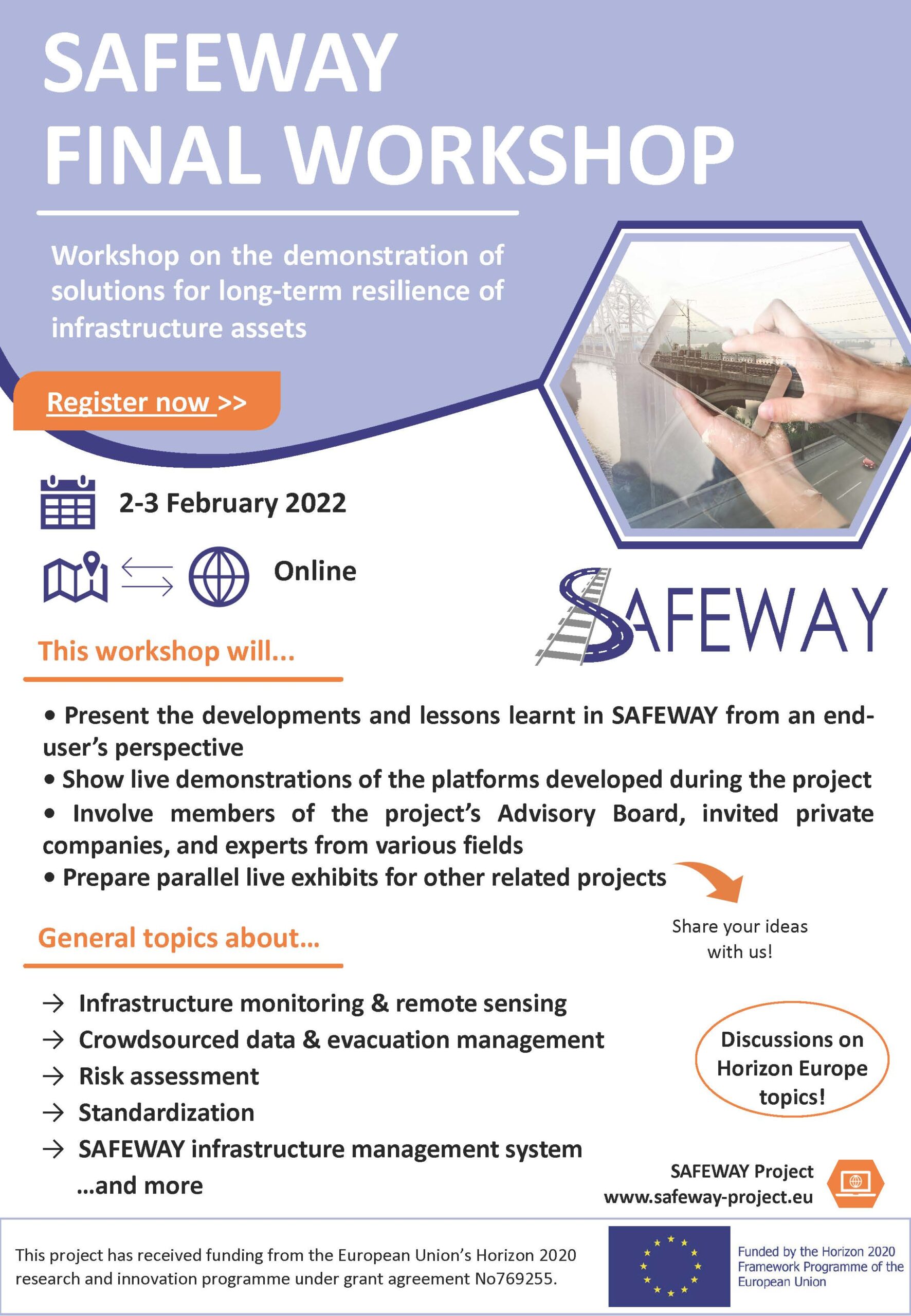
The European Union founded SAFEWAY project is organizing a Workshop on solutions for long-term resilience of infrastructure assets with numerous interesting presentations and discussions. Among
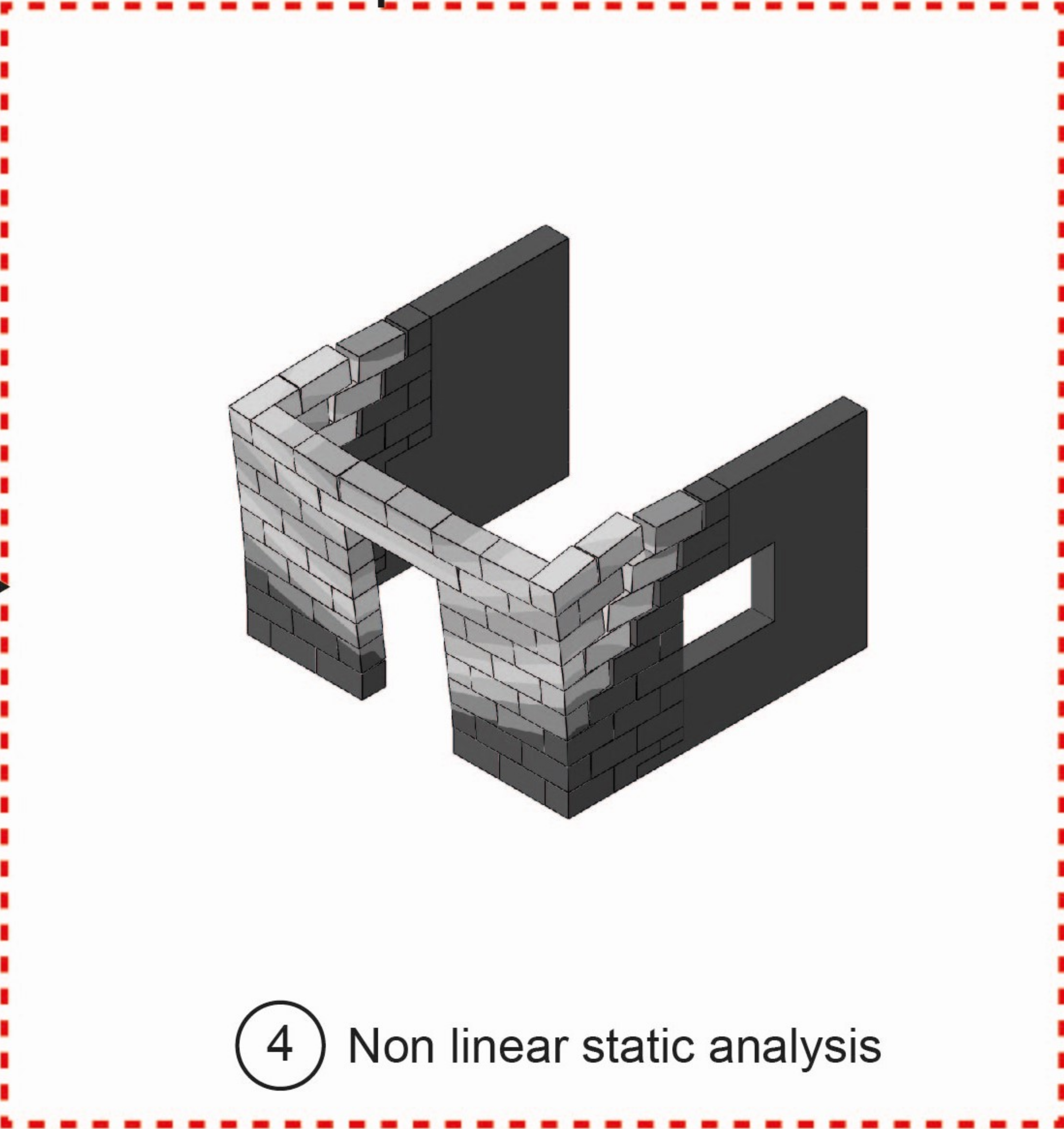
In the field of masonry, many researchers use numerical approaches to model the behaviour of the whole structure. Classically, there are three different approaches which

The S4H Team has recently presented two conference papers at the AGU Fall Meeting, 2021 (New Orleans, LA, 13-17 December 2021). The former paper simulates
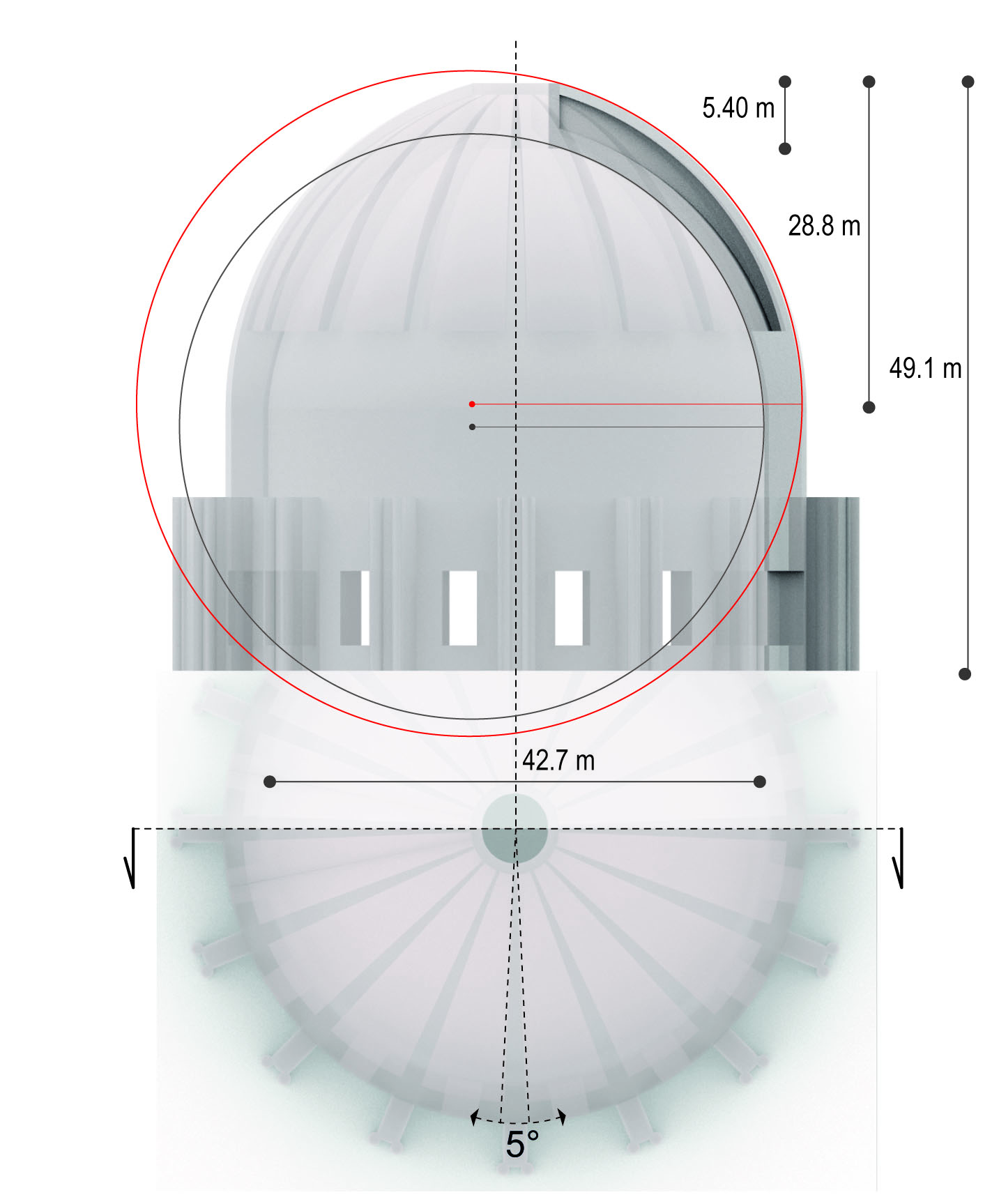
In 1540, Michelangelo Buonarroti, amazed by the Santa Maria del Fiore’s dome proportions, confided: “I’m going to Rome to make your sister, bigger than you,

The Historical and Masonry Structures (HMS) group of the Institute of Sustainability and Innovation in Structural Engineering (ISISE), University of Minho (Portugal), plans to open

Dr Marco Funari has recently joined the S4H Team as Postdoctoral Researcher. Dr Funari also served as a postdoctoral researcher at UMinho for the OPHERA

Mrs. Vadalà from Italy recently joined the S4H team as a Ph.D. student. Federica graduated from the University of Catania, Italy, in May 2021. Her
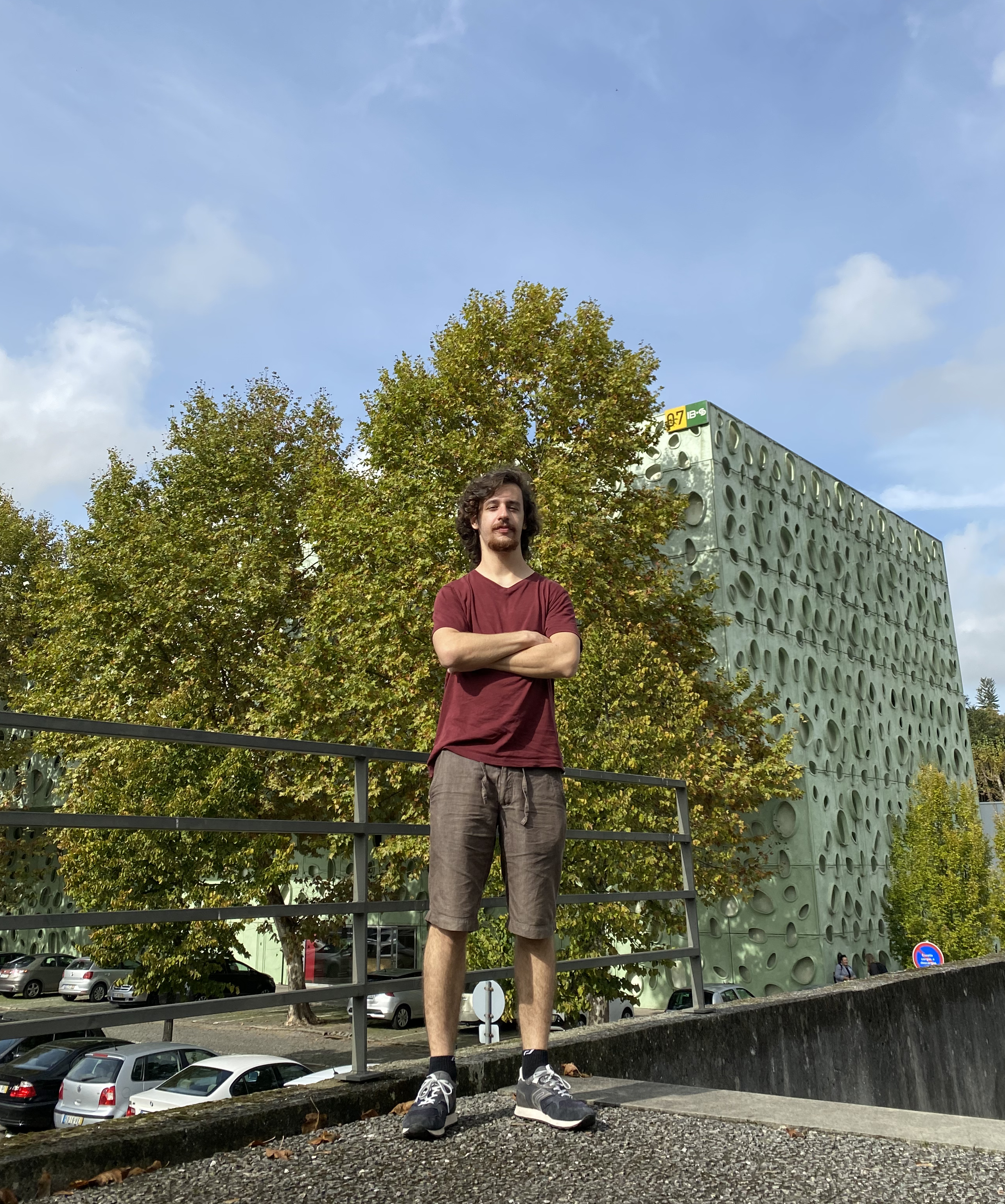
Mr Szabo recently joined the S4H team as a PhD candidate. Simon is graduated from the Budapest University of Technology and Economics. His skills encompass
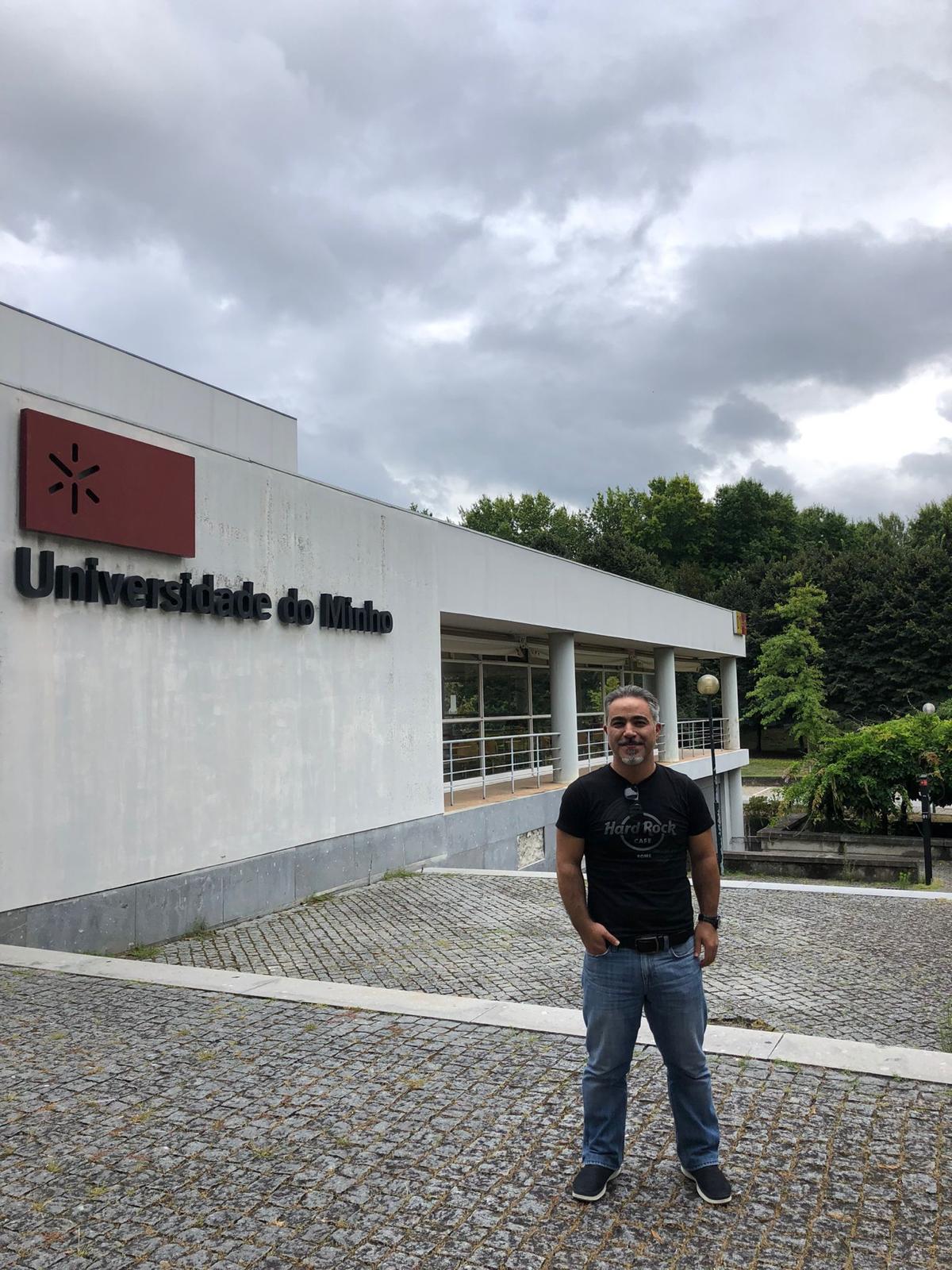
Dr. Onur Kaplan visited the University of Minho to give a lecture about a novel post-earthquake structural damage assessment approach using remote sensing data. Dr.
Only funded by EU through ERC // Grant number 833123